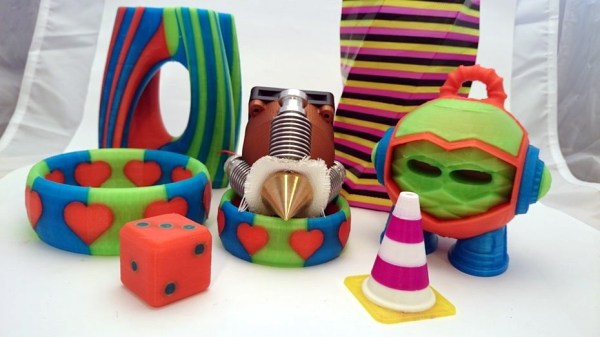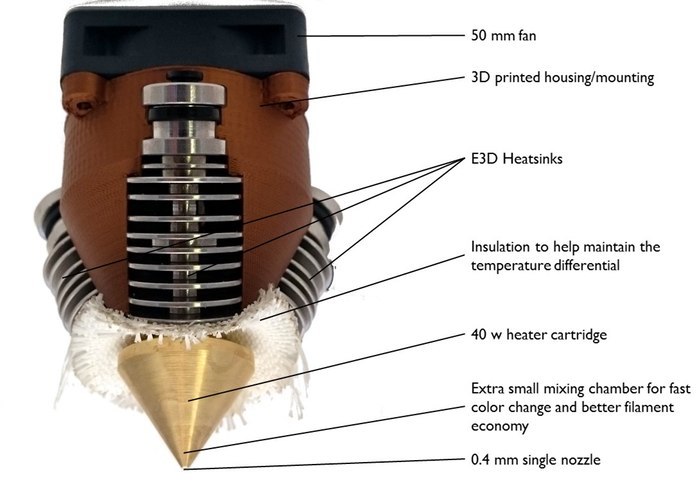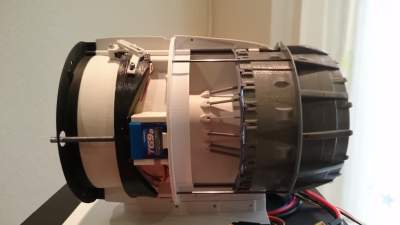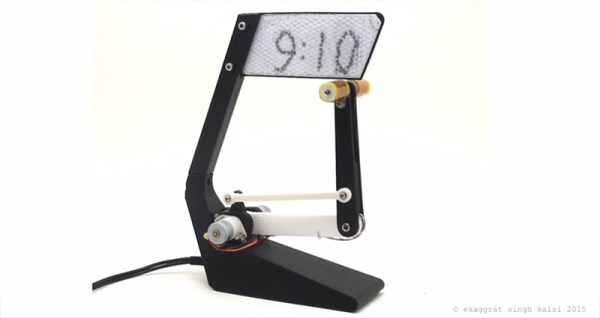We’ve seen quite a few clocks that write the time out with a pen or marker. If you think about it, this really isn’t a great solution; every whiteboard marker will dry out in a day or two, and even if you’re using a pen, that’s still eventually going to run out of ink.
[ekaggrat] wanted a drawing clock that didn’t have these problems, and after taking a look at a magnetic drawing board, was struck with inspiration. The result is a clock that will perpetually write the time. It’s a revision of one of his earlier builds and looks to be much more reliable and mechanically precise.
A clock that writes time needs some sort of surface that won’t degrade, but can be written to over and over again. Whiteboards and glass won’t work, and neither will anything with ink. The solution to this problem was found in a ‘magnetic writing board’ or a Magna Doodle. These magnetic writing boards have a series of cells encapsulating iron filings. Pass a magnet over one side of the board, and a dot of filings appear. Pass a magnet over the opposite side of the board, and the filings disappear.
[ekaggrat]’s time-writing robot consists of a small Magna Doodle display, a robotic arm controlled by two stepper motors, and two solenoids on the end of the arm. The kinematics come from a helpful chap on the RepRap forums, and with the ATmega644 and two stepper drivers, this clock can write the time by altering the current flowing through two solenoids.
A video is the best way to experience this project, and you can check that out below.
Continue reading “Robot Clock Writes Time Over And Over And Over” →




 It is possible to print in color
It is possible to print in color 
 What sets this apart from other jet models is the working reverse thrust system. [Harcoreta] painstakingly modeled the cascade reverse thrust setup on the 787/GEnx-1B combo. He then engineered a way to make it actually work using radio controlled plane components. Two servos drive threaded rods. The rods move the rear engine cowling, exposing the reverse thrust ducts. The servos also drive a complex series of linkages. These linkages actuate cascade vanes which close off the fan exhaust. The air driven by the fan has nowhere to go but out the reverse thrust ducts. [Harcoreta’s] videos do a much better job of explaining how all the parts work together.
What sets this apart from other jet models is the working reverse thrust system. [Harcoreta] painstakingly modeled the cascade reverse thrust setup on the 787/GEnx-1B combo. He then engineered a way to make it actually work using radio controlled plane components. Two servos drive threaded rods. The rods move the rear engine cowling, exposing the reverse thrust ducts. The servos also drive a complex series of linkages. These linkages actuate cascade vanes which close off the fan exhaust. The air driven by the fan has nowhere to go but out the reverse thrust ducts. [Harcoreta’s] videos do a much better job of explaining how all the parts work together.












